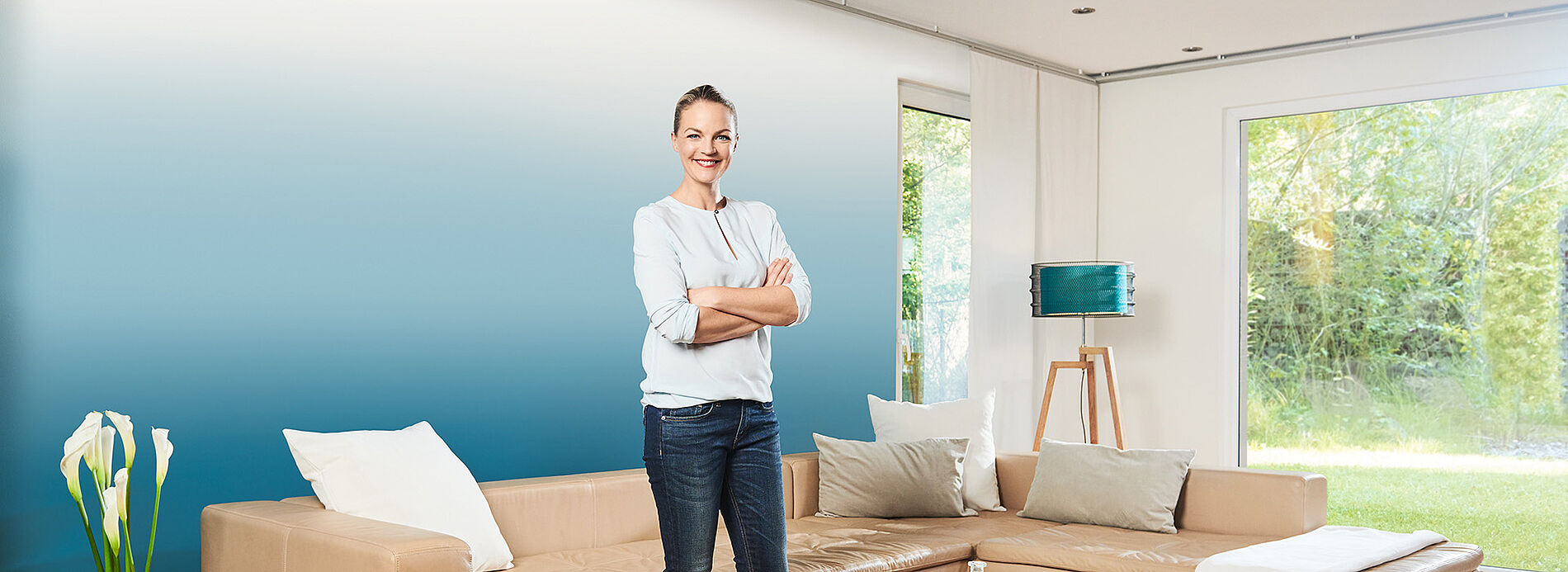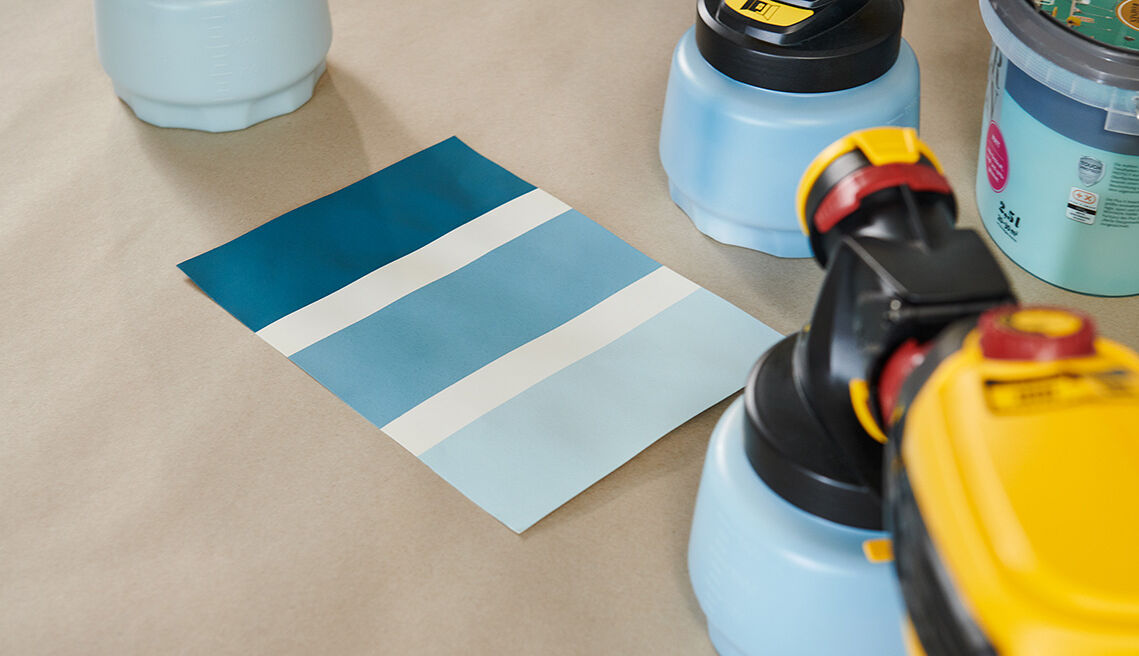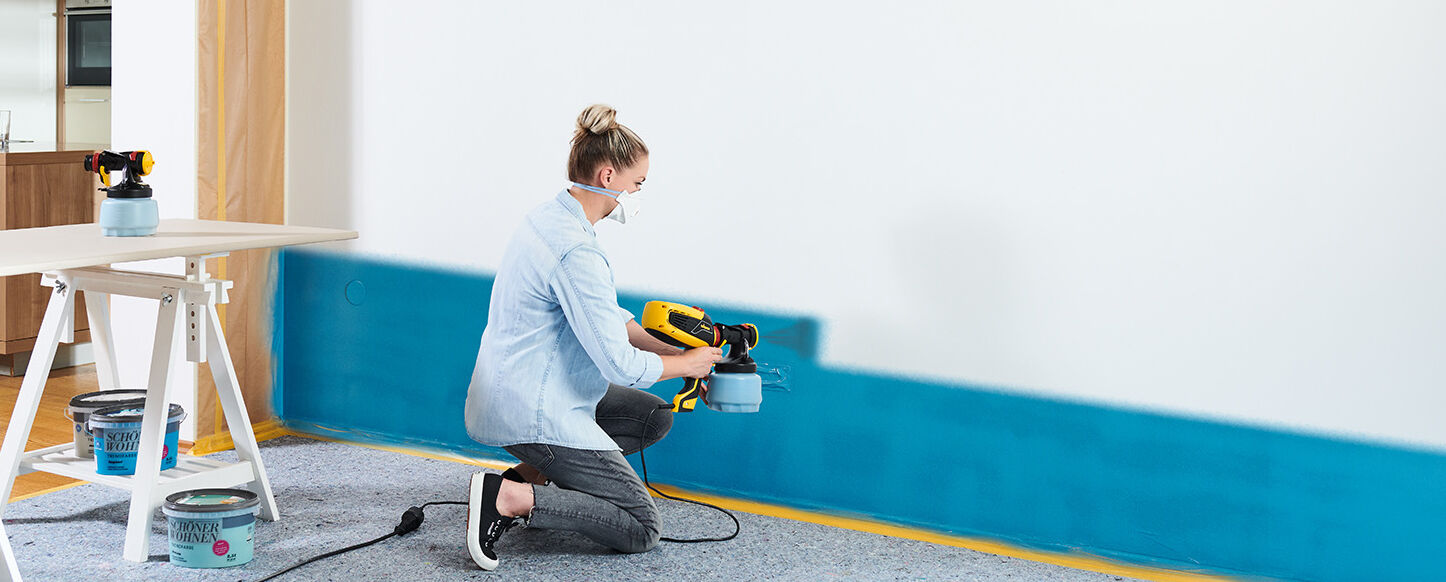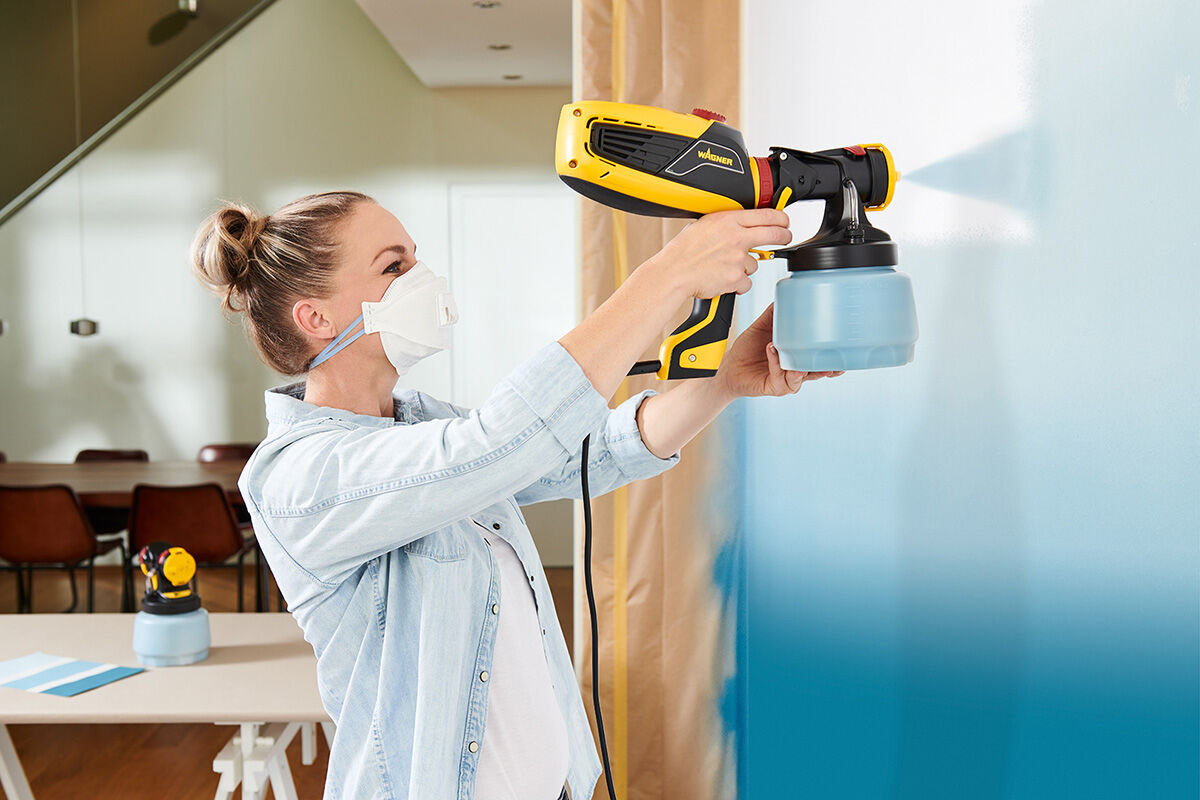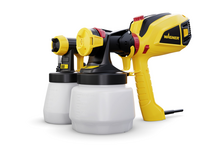Sad, tired living room? Especially in spring, when nature reawakens and everything blossoms with a riot of colour, we too feel the desire for change. Pale, white walls somehow no longer fit with the way we feel. So why not use the change of seasons to bring the popular ombré effect, which we've been using for years to add style to our hair, to your own living room wall?
- Do-it-yourself Do-it-yourself
- Contractor Contractor
- Industry Industry
- Company
- Careers
- Contact

